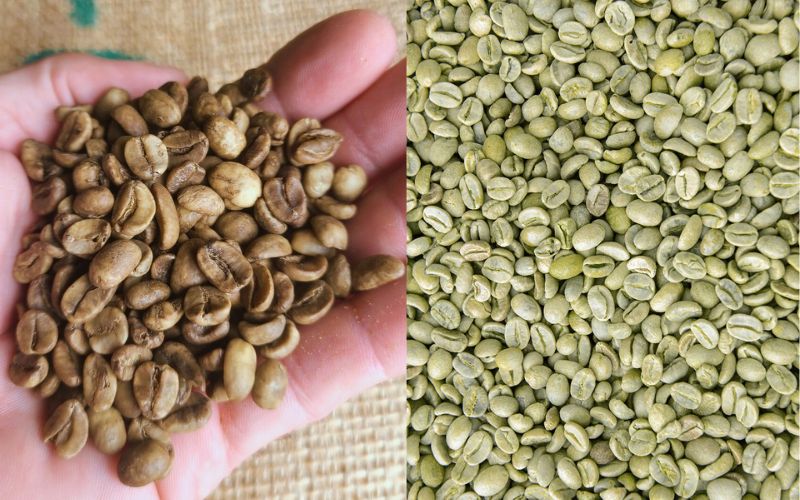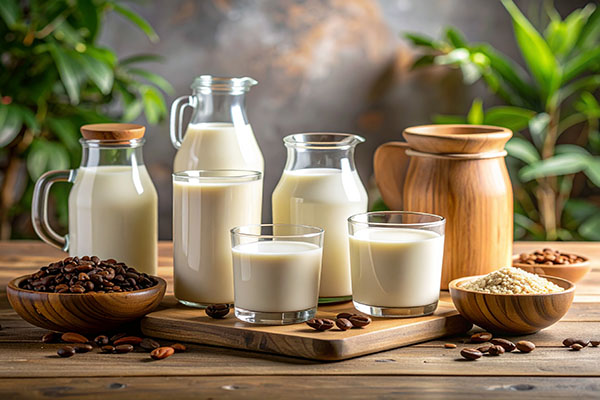
A Guide to Decaf Coffee: How is Caffeine Removed?
How is decaf coffee made? This guide explores the most common decaffeination processes, including the Swiss Water, Sugarcane (E.A.), and CO2 methods, and demystifies the world of caffeine-free coffee.
How is Decaf Coffee Made?
Decaffeinated coffee often gets a bad rap, but modern decaffeination methods have made it possible to enjoy a delicious, flavorful cup of coffee without the caffeine kick. But how exactly is the caffeine removed?
The key to all decaffeination is to remove the caffeine from unroasted green coffee beans while leaving the original flavor compounds as intact as possible. There are several ways to do this, but they all rely on a solvent to bind to and extract the caffeine.
Here are the most common and highest-quality methods used in the specialty coffee industry today.
1. Swiss Water Process (Chemical-Free)
This is one of the most well-known and trusted decaffeination methods, prized for being an innovative, 100% chemical-free process.
The Process:
- A batch of green coffee beans is soaked in very hot water, which dissolves both the caffeine and the soluble flavor compounds from the beans. These original beans are discarded.
- This water, now saturated with flavor and caffeine, is passed through a series of activated charcoal filters. The porous carbon filters are sized to capture the large caffeine molecules while allowing the smaller flavor molecules (oils and sugars) to pass through.
- The result is a flavor-rich, caffeine-free solution called Green Coffee Extract (GCE).
- A new batch of green coffee beans is then soaked in this GCE. Since the water is already saturated with all the desirable flavor compounds, those compounds can't escape from the new beans. However, the caffeine can, and it migrates out of the beans and into the GCE.
- This process is repeated until the beans are 99.9% caffeine-free. The beans are then dried and sent to the roaster.
2. Sugarcane E.A. Process
This method is common in Colombia, where sugarcane is abundant. It uses a natural solvent called ethyl acetate (E.A.), which can be derived from fermenting sugarcane.
The Process:
- The green coffee beans are first steamed to open up their pores.
- The beans are then submerged in a solution of water and ethyl acetate. The E.A. naturally bonds with the caffeine molecules.
- The caffeine-laden water is drained, and the process is repeated until at least 97% of the caffeine has been removed.
- The beans are steamed one last time to remove any residual E.A.
This method is popular because it's a very effective and natural way to remove caffeine while having a minimal impact on the coffee's flavor. Some people even say it enhances the coffee's sweetness and fruitiness.
3. CO2 (Carbon Dioxide) Process
This is a highly effective, though more expensive, method that uses supercritical CO2 to remove caffeine.
The Process:
- Green coffee beans are soaked in water to expand the cell walls.
- The beans are then moved to a high-pressure vessel where they are exposed to supercritical CO2 (carbon dioxide that is under so much pressure it acts like both a gas and a liquid).
- The CO2 acts as a selective solvent, binding to and removing the caffeine molecules while leaving the larger flavor compounds behind.
- The caffeine-laden CO2 is then moved to another chamber where the pressure is released, and the CO2 returns to its gaseous state, leaving the caffeine behind. The caffeine-free CO2 can then be reused.
This method is extremely clean and preserves the original character of the coffee very well, making it a popular choice for high-end specialty coffees.
So, the next time you reach for a bag of decaf, look for one of these processing methods on the label. You might be surprised at how flavorful and delicious a caffeine-free cup can be.


